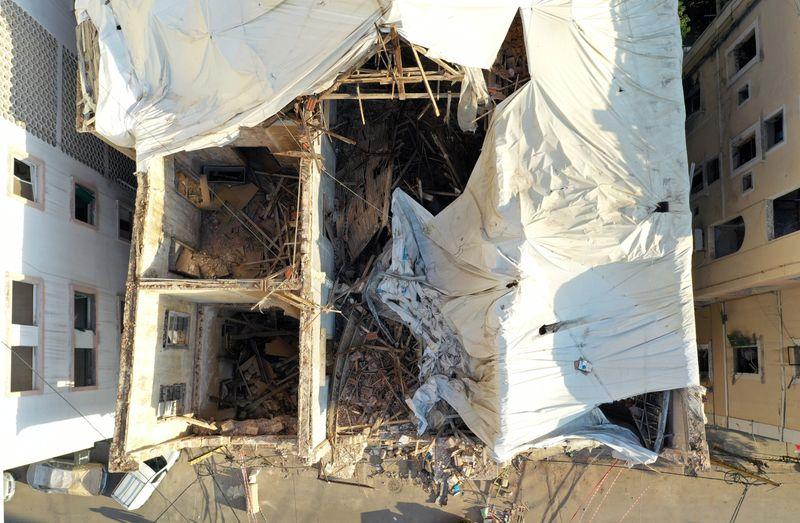When a warehouse full of ammonium nitrate exploded at the port city of Beirut in early August, it was Reuters use of drones that made it possible to show the true extent of the devastation caused by the blast. Following up with the impact on survivors, Reuters used drones to tell the story of one victim haunted by the blast.
Drones are one of the newest tools being used in newsgathering and have enabled access to unique perspectives and angles otherwise impossible to capture. As the leading global news agency for visual content, Reuters has been at the forefront of drone use in newsgathering, delivering customers compelling video and pictures to tell stories in unprecedented ways.
When Hurricane Laura tore through the Caribbean and made landfall in the U.S., Reuters drone video provided unmatched coverage of the early stages of the storm for clients as millions of people braced for impact.
After fires destroyed Greece’s largest migrant camp on the island of Lesbos, leaving nearly 13,000 people without shelter, Reuters had professional, broadcast-quality drone footage to offer clients that others struggled to match. Days later, aerial footage filmed by Reuters showed the scale of the sprawling tent camp that had been set up by authorities to house thousands of migrants left homeless.
Other recent coverage has including the Amazon wildfires and a typhoon clean up in Japan, as well as features such as this floating piano on a French lake, a socially-distanced drive-in rave in Germany and Australia’s ‘whale super highway.’
When it comes to giving clients and viewers the full picture of a news event, drones offer unrivalled images and storytelling capabilities–just another way that Reuters is innovating to deliver unique value to customers. With a robust visuals offering of more than 1,600 images and over 200 video stories delivered each day, Reuters covers the real world in real time.
For more on Reuters visual coverage offering, click here.
[Reuters PR blog post]
Media contact:
tumshie.smillie @ tr.com
